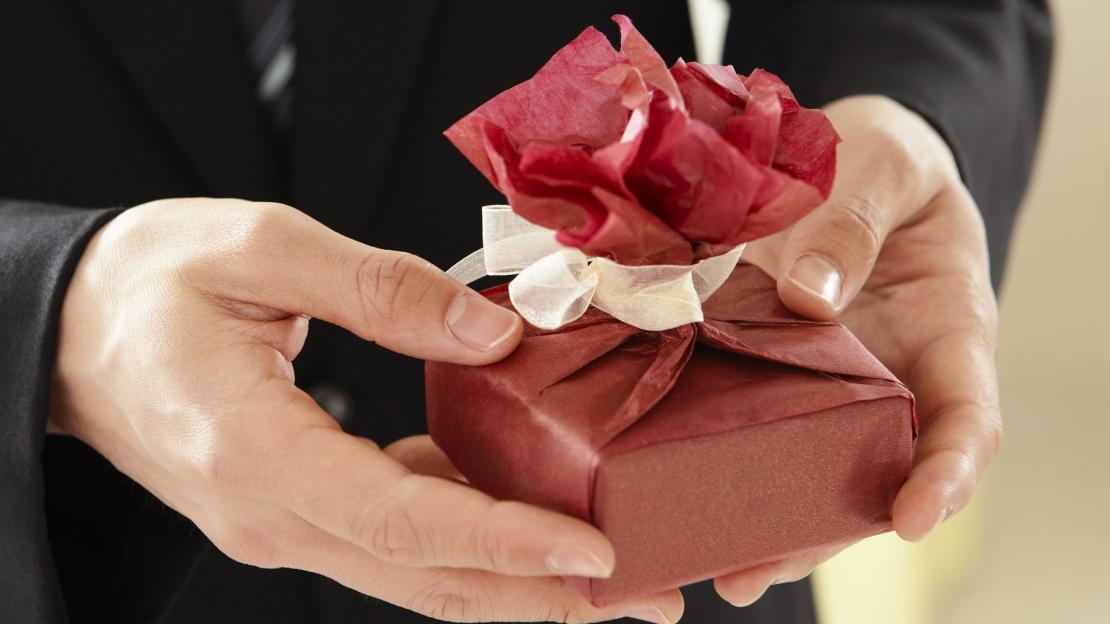The next time you’re about to buy a gift, also consider picking the same thing up for yourself – new research suggests your recipient will end up liking the gift even more.
“People enjoy and get some benefit in sharing with other people,” says Sam Maglio, assistant professor in the Department of Management at U of T Scarborough and the Rotman School of Management who co-authored the research with Evan Polman, an assistant professor at the University of Wisconsin–Madison.
“If you can foster a sense of social connectedness and similarity, the recipient won’t just see a gift, they will see a reminder of sharing something in their relationship with the giver.”
The research, which is published in the journal Personality and Social Psychology Bulletin, looked at the effect of owning the same item in a gift-giving context across six separate studies. Gifts like wool socks, mugs, staplers and headphones were considered more likable, thoughtful and considerate if a message was attached saying “I hope you like the gift – I got myself the same gift too!”
It turns out the effect comes down to something the researchers call “companionizing."
"The fact that a gift is shared with the giver makes it a better gift in the eyes of the receiver," says Polman. "They like a companionized gift more, and they even feel closer to the giver."
The researchers controlled for factors like cost, telling the recipient how much effort was put into the gift, and also letting the recipient know about the gift’s online customer rating.
“Those didn’t really have an effect above and beyond the control. Instead, it seems to matter more to recipients that they shared the gift with the giver,” says Maglio, who along with Polman specialize in marketing.
It seems there are also a few conditions for the effect to work. For one, there is a narrow window of time in which sharing can occur. If you want to give someone a gift you bought for yourself last year for example, it won’t work. Another study showed that a third-party connection also won’t work, like using the same gift you gave another friend or family member.
“The positive effect you get with sharing is small but robust,” says Maglio. “It’s a reliable and consistent boost under the right conditions, at the right time, and between the right people.”
So what does this mean for gift buyers?
There are some established psychological theories to keep in mind, notes Maglio. One is the idea of mere similarities, that is our tendency to enjoy similar things with others, like sharing the same initials or birthday to create a social bond. But when it comes to material items, this theory can be used to combat the wrong intuitions gift buyers often have and that is a need to spend more money or going after a highly rated gift on Amazon.
It’s also an important lesson given how much people end up spending on gifts annually, especially given that past research shows how bad we are at picking gifts. Quite simply people have a hard time putting themselves in the recipient’s shoes in order to figure out what they want, says Maglio.
At the end of the day, the most important thing is figuring out what gives you the most bang for your buck.
“If what you care about most is the recipient liking the gift, get them something that reminds them of you and a similarity you share with them,” he says.
